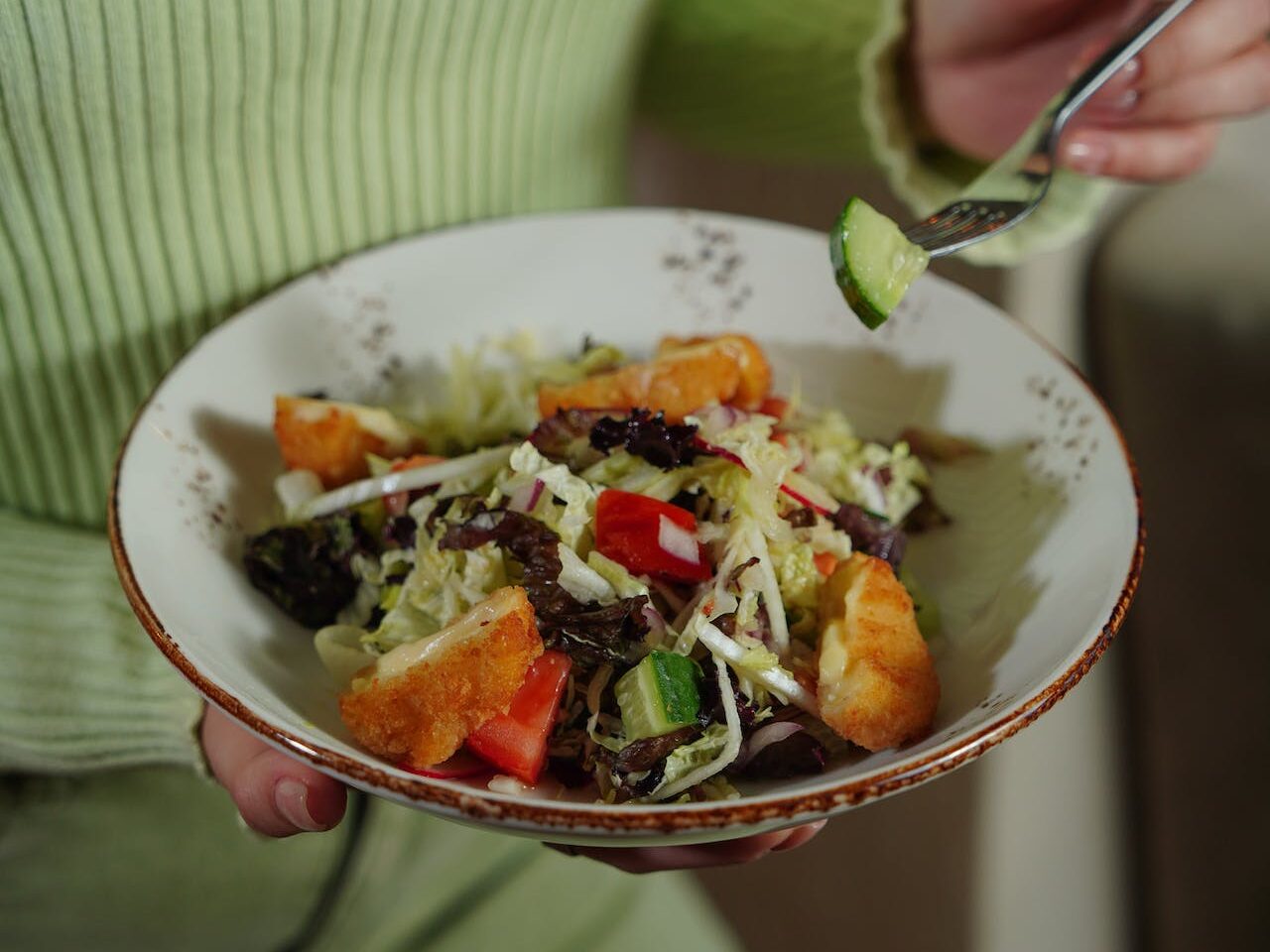Mindful Eating for Kids: A Guide to Parents

Fostering a positive relationship between your body and food is essential as it significantly impacts the child’s identity. For many of us, eating is just a normal procedure that keeps us alive. We eat the food without taking time or effort to enjoy it. How many of us properly understand the importance of mindful eating?
The child will blindly observe and follow what adults demonstrate. As the primary influencer, parents can teach mindful eating skills to a child. The art of mindful eating is not simple, but it always helps to develop a healthy relationship with food. Mindful eating involves recognizing food's sensory aspects, understanding the hunger cues, feeling fullness and emotional connections.
The Sensory Aspects of Food
Mindful eating is all about creating complete awareness. Talking to your child clearly about certain things will help him understand the concept. You have to start gently with a positive mindset. By knowing the hunger cues, the child understands his body. As a parent, you can sit with the child and ask how he feels when hungry. Ask him to watch how the body responds to hunger. Does he feel exhausted? Is there any discomfort like a headache? Likewise, you can ask him to observe what happens when the stomach is full. These practices help develop the connection with the body. Over time, a child who can read these signals will learn to stop eating when he feels satisfied.
Food has sensory associations. The food's appearance, colour and smell impact the child indirectly. When the child tastes the food, the flavours stimulate his senses. Teaching the child to know the sensory aspects by recognising different tastes is vital.
Joy of Slowing Down While Eating
Educating the child to eat slowly and gently by understanding the texture and flavour of the food is essential. Let them eat their meals sitting in a quiet place. This practice helps the child to chew properly and enjoy the taste.
You can include the child in food preparation to maintain a positive environment. Simple activities like peeling and chopping will be helpful to engage the child and teach them about different types of food items and their origins.
Developing a Sense of Gratitude
A child's emotional wisdom can be widened by teaching him to be grateful for the food he eats and the safety he gets in his life. This helps the child enjoy life to its fullest by appreciating little pleasures. Moreover, this practice empowers and allows him to make conscious choices beyond the dinner table. However, eating with awareness and gratitude will become a ritual that honours and commemorates our existence.
HAPPY CHILDREN’S DAY!